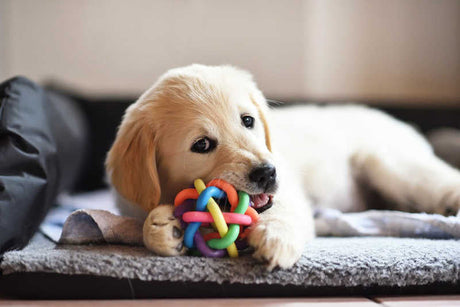
Best Dog Toys for Every Age: Safety Tips and Expert Recommendations
By Pet Market NYC
The Pampered Pet: Expert Tips from The Pet Market Choosing the Right Dog Toys: A Comprehensive Guide Keeping your dog engaged with new toys is essential for their physical and...
